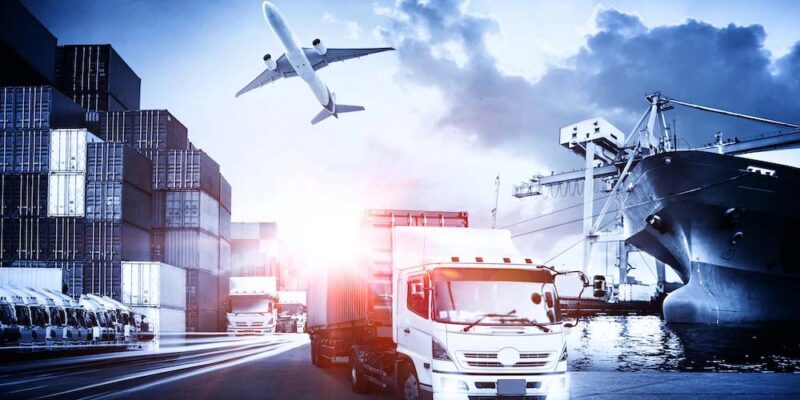Freight safety is a top priority for the transportation and logistics sector. As technology has advanced, companies have gained access to new tools that reduce risks, protect cargo, and improve how the supply chain operates. These technologies focus on real-time tracking, monitoring driver behavior, predicting maintenance needs, and finding the best routes, all of which contribute to a safer and more reliable process. Here are five important technologies shaping the future of freight safety:
1. Advanced Driver Assistance Systems (ADAS)
Advanced Driver Assistance Systems give truck drivers real-time alerts and automated support to help prevent accidents. Features such as lane-keeping support, adaptive cruise control, and automatic braking allow drivers to maintain control even in difficult conditions. These systems help drivers react more quickly to unexpected events and increase their confidence behind the wheel. As a result, there are fewer accidents and safer deliveries throughout the network.
2. Telematics and Real-Time Monitoring
Telematics technology allows operators to follow vehicles in real time and gather valuable data about driver habits, fuel consumption, and when maintenance is needed. By keeping an eye on key details like speed and braking, managers can spot issues early and take steps to improve safety. NASCAR, for instance, uses detailed telemetry to track real-time performance data. This approach helps identify problems such as potential mechanical failures or driver fatigue, which can increase both safety and efficiency.
3. AI-Powered Predictive Analytics
Artificial intelligence is making big changes in logistics through predictive analytics. AI can sort through large amounts of information, including weather reports, traffic data, and vehicle diagnostics, to predict risks and recommend better routes. This helps logistics teams avoid dangerous situations, reduce the chance of accidents, prevent delays, and save on fuel. By planning ahead using AI insights, companies make operations safer and more efficient.
4. Smart Cargo Sensors
Smart sensors placed inside freight containers keep track of conditions like temperature, humidity, and motion. If something falls outside safe ranges, the sensors send out alerts, helping to protect goods like medicine or food that need specific environments. Real-time data from these sensors lets staff take quick action if problems arise. This not only helps keep cargo safe but also improves trust between shippers and their clients.
5. Collision Avoidance Technology
Collision avoidance systems use a mix of radar, cameras, and other sensors to constantly watch a truck’s surroundings. They can pick up on obstacles, pedestrians, and other vehicles nearby. If a potential accident is detected, the system will send a visual or audible warning to the driver. If there is no response, it may engage the brakes or even steer the vehicle to avoid a crash. These features lower the risk of collisions and help keep everyone on the road safer.
A Safer Future for Freight
Technology is making road freight transport safer and more dependable than ever. Companies that make use of these advancements can better protect their drivers, cargo, and the communities they serve. Challenger Freight, with more than 40 years of leadership in transportation safety, demonstrates the benefits of adopting these solutions. Challenger Motor Freight reviews consistently praise the company’s commitment to safety and advanced technology. This dedication helps create safer roads and more reliable freight services. As technology continues to evolve, the focus on safety will remain essential for a strong and secure logistics industry.












Comments